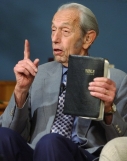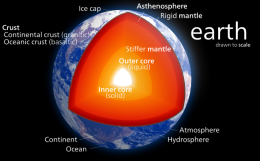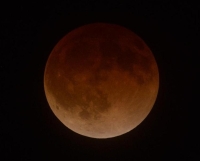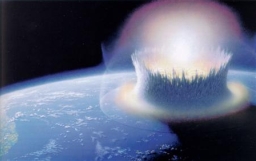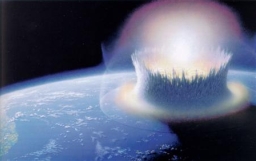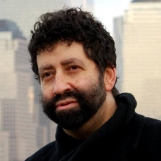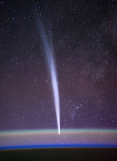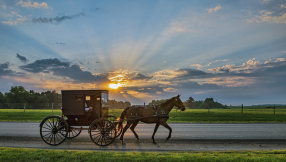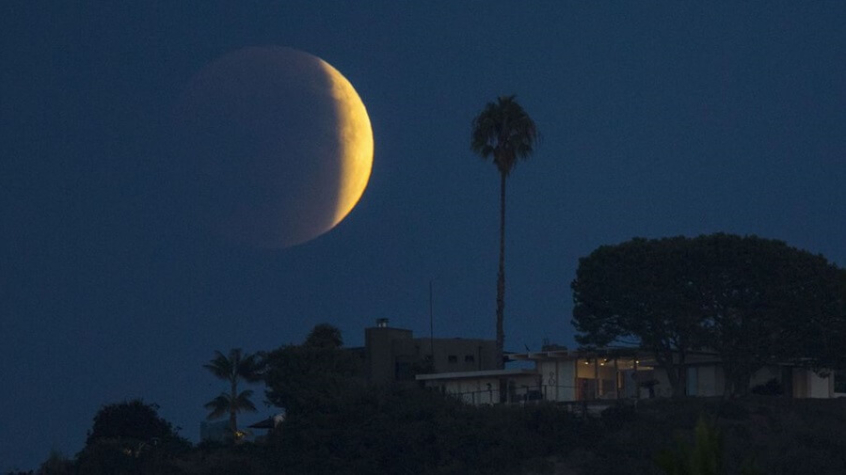
The world should have ended, twice over, in 2015 — if the two doomsday predictions last year actually happened.
These two predictions were the so-called Blood Moon Prophecy last Sept. 27 by John Hagee, a Christian minister from Texas; and Earth's destruction "with fire" by Chris McCann, the leader and founder of eBible Fellowship last Oct. 7, various reports said.
Obviously the two got the dates wrong.
On Sept. 27, a supermoon lunar eclipse occurred when Earth's shadow dimmed the moon, which appeared unusually large in the sky. It was a confluence of three events: a full moon; a lunar eclipse, and lunar perigee, when the moon was in the closest part of its orbit to Earth, according to News Discovery.
Hagee was among those who argued that such rare events surely spelled out doom. "The coming four blood moons points to a world-shaking event that will happen between April 2014 and October 2015," he told CNN.
Hagee and others like him claimed the blood moons represented prophecies allegedly given in the Bible relating to the second coming of Jesus Christ.
When nothing earth-shaking happened during September's supermoon lunar eclipse, McCann set Oct. 7, 2015 as the new date for Doomsday.
His Pennsylvania-based eBible Fellowship revised and recalculated an earlier prediction made by Christian radio host Harold Camping who had claimed that the Day of Judgment would come on May 21, 2011. The group set the new date on Oct. 7, 2015, "in all likelihood."
"According to what the Bible is presenting it does appear that 7 October will be the day that God has spoken of: in which, the world will pass away," McCann said, adding that the world would be obliterated "with fire" and that "it'll be gone forever, annihilated."
Despite numerous failed predictions of the end of the world stretching through the ages, the prophets continue to make new ones, with some simply making recalculations of the dates, and no apologies either.
For instance, in 1822 a preacher named William Miller predicted the end of the world by 1843. He later revised the date to Oct. 22, 1844. When the day came and went, it was dubbed "The Great Disappointment." Before he died five years later, Miller was still expressing confidence that the end was coming soon, according to Live Science.
His followers, known as the Millerites, later founded the Seventh-day Adventist church. The group still believes that divine judgment will take place during the apocalypse but has not set any date for this event.
Preachers belonging to Jehovah's Witnesses also had multiple failed doomsday predictions but their group continues to survive, Live Science said.
Some Doomsday prophets rationalise the failure of their predictions. In 1954, a woman named Dorothy Martin told her followers to prepare for a great flood in December that would supposedly wipe out humanity. When nothing happened, she announced a new revelation: Their group's prayers had been so successful that God decided to call the whole thing off, according Live Science.
Although end-of-the-world predictions may seem scary to many people, many others actually welcome the idea that they will witness the end times, experts say. The idea of doomsday appeals to people because it's an extreme vision of order, religion researcher Lorenzo DiTommaso of Concordia University in Montreal said in 2011.
"The first [belief] is that there is something dreadfully wrong with the world of human existence today," DiTommaso said. "On the other hand, there is a sense that there is a higher good or some purpose for existence, a hope for a better future."
Live Science describes the belief as a "kind of cosmic housecleaning" where "God is going to come back, reward the good, punish the bad and just generally straighten things up."






